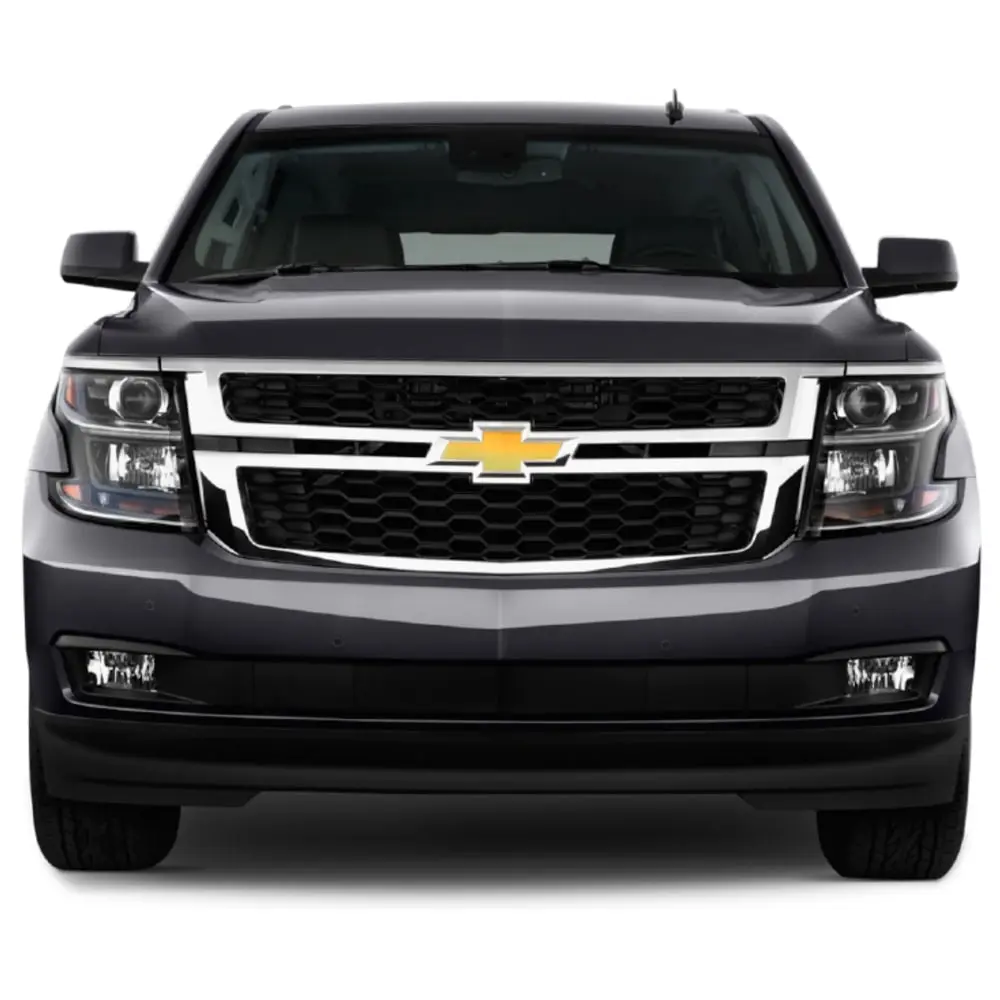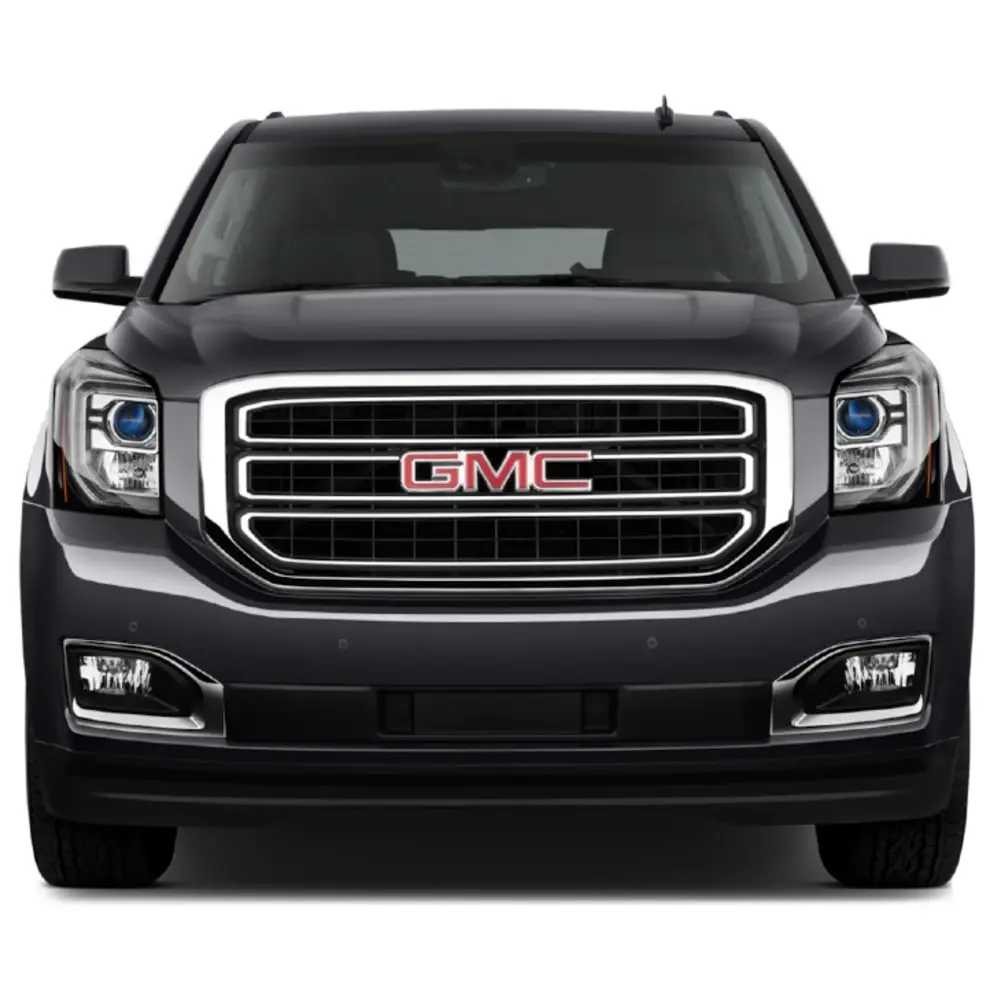Today I will talk about A Traveler’s Guide to Navigating Toronto Pearson Airport for their first-time arrival or departure.
As Canada’s largest and busiest airport, Toronto Pearson International Airport can feel like a big, daunting place if you’re not prepared. With millions of passengers traveling through its terminals each year, efficient navigation is key to a smooth airport experience. This guide will help ensure you arrive at Pearson feeling ready rather than frazzled.
Pearson Airport serves as a hub for major airlines like Air Canada. It’s a critical aviation center for not only Toronto but connecting travel across Canada and international destinations.
With two large terminals (Terminal 1 and Terminal 3), multiple parking areas, security checkpoints, and miles of corridors, it’s a complex airport that benefits from a bit of planning to navigate successfully. Being informed ahead of time will save you time and headaches.
Traveler’s Guide to Navigating Toronto Pearson Airport – Pre-Travel Preparations
Checking Your Flight Status
Before heading to the airport, it’s wise to check your flight status for any delays or gate changes. Most airlines allow you to do this through their website or mobile apps. This small step helps ensure you go to the right place.
Familiarizing Yourself With the Airport Layout
Take a few minutes to review the Pearson Airport maps online. Identify which terminal your airline operates out of. Some air carriers like Air Canada use Terminal 1, while others use Terminal 3. Understanding the layout ahead of time means less confusion when you arrive.
Understanding Parking Options
If you plan to park at the airport, you’ll need to choose from one of the parking lots or garages at Pearson. Review the different parking areas and permit costs so you can select the best option for your trip. Reserve a spot ahead of time during busy periods.
Enrolling in Trusted Traveler Programs
Long-term frequent flyers may want to consider enrolling in a trusted traveler program like Nexus. This allows you to utilize special expedited security lines at Pearson, speeding up check-in and screening.
Arriving at the Airport
Getting Dropped Off/Parking
If someone is dropping you off, follow the signs to the appropriately marked departure areas and terminals. If parking, proceed to your pre-booked parking lot or find a space in one of the garages. Park and Ride bus shuttles are available if needed.
Following Signs to the Right Terminal
Next, follow signs and wayfinding maps to get yourself to the proper terminal for your flight – either Terminal 1 or Terminal 3 at Pearson. These two terminals operate independently, so you want to be in the right place.
Locating Check-In Counters and Baggage Drop
Once at the terminal, scan for signs to your airline’s check-in counters. If you have luggage, you’ll need to visit these counters to check bags and receive your boarding pass if you didn’t check in online. Kiosks are also available for self-service check-in for many airlines.
Navigating Toronto Pearson Airport Security Checkpoint
Having Proper Documentation Ready
To get through security, you’ll need to present your boarding pass and valid photo ID. Have these documents ready along with anything needed for screening like removing jackets and shoes.
Preparing Items for Screening
Follow guidelines for preparation like removing electronics and placing them in separate bins. Put any foods, liquids, or gels in allowable amounts in the proper screening trays. This prep work allows security to go smoothly.
Getting Through Security Efficiently
Pay attention to instructions and both audio and video messaging as you go through the metal detectors and baggage x-ray. This process is safest and fastest when you are attentive and follow procedures.
FindYour Gate
Reading Airport Terminal Maps
Once through security, consult the maps and gate information to locate where your flight is scheduled to depart from. Make note of which concourse, pier, or area it’s located.
Locating Gate Information Displays
Throughout Toronto Pearson, there are video screens displaying arriving and departing flight information organized by airline or gate number. Use these reference points to navigate.
Anticipating Gate Changes
Airport gates can frequently change for many reasons. Keep aware of any swaps that may impact your flight, which are usually broadcast over loudspeakers.
Airport Amenities and Services
Dining and Shopping Options
Both terminals at Pearson Airport are filled with shops, restaurants, and stores to keep you fed and entertained during layovers. Grab a bite, beverages, reading materials, and any supplies you need for your trip.
Lounges and Rest Areas
Most lounges require a membership or purchased day pass to enter. But Toronto Pearson also has designated free rest areas where you can recharge. These include RestZones with recliner seating.
Ground Transportation Services
For ground transportation options like rental cars, taxis, limos, or hotel shuttles when arriving, follow the signs for designated pickup areas after claiming baggage.
Free WiFi and Charging Stations
Access free WiFi throughout Pearson to keep devices charged and online. Charging stations are located in common areas as well.
Connecting Flights
Locating Arrival and Departure Terminals
If your travels require a connection, be sure you know which terminal you’re arriving and departing from. In some cases, you may need to transfer terminals which takes time.
Navigating Connection Corridors
Follow clear signage and ask staff for directions to make your way through corridors and other routes to get where your next gate or departure terminal is.
Preparing for Transit Security if Required
Depending on your connection, you may have to go through additional security in transit between flights. Be prepared for this like your original screening.
Picking Up Baggage
Finding Baggage Claim Carousels
Look for overhead and roadway signs in the baggage claim area when you arrive. Check tv monitors to see which carousel and belt your checked luggage will arrive on.
If Bags Are Missing/Delayed
In the event your bags don’t arrive, stay calm and proceed to your airline’s baggage service counter to report it. Their staff can initiate a search and delivery process.
Exiting Terminal and Locating Ground Transportation
After getting your bags, continue following signs through to designated airport exits and ground transportation areas to pick up your ride, rental car, or other vehicle.
Tips for Stress-Free Airport Navigation
- Arrive at Pearson with plenty of time before your flight to avoid rushing through security and to your gate. The earlier the better.
- Don’t be afraid to ask airport staff or security for assistance if you have any questions or need directions. They’re there to help!
- Download airline and airport apps that contain maps, checkpoint wait times, and other useful airport navigation tools.
- If connecting, build in ample time between flights in case there are any delays on your first leg. Toronto Pearson recommends 90+ minutes for domestic connections and 3+ hours for international.
Final Words
With advanced preparation and this traveler’s guide, navigating the Toronto Pearson Airport doesn’t have to be a source of stress. While it is the largest airport in Canada, smart planning allows you to focus on the excitement of your journey rather than confusion. Happy traveling!












